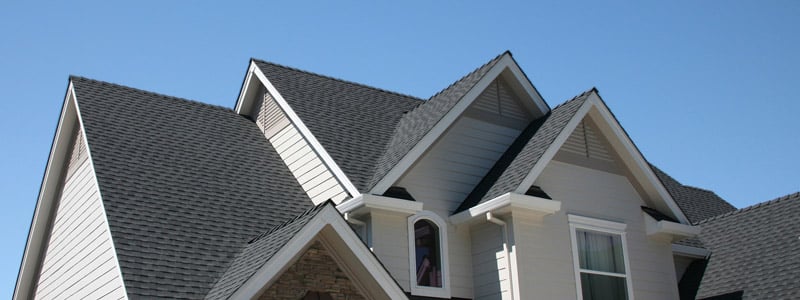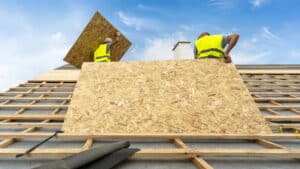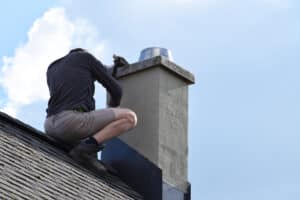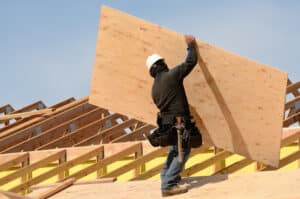One part of their house that not many Americans pay close attention to is their attic. The attic in a home typically ranks lowest on a person’s favorite rooms of the house list. Maybe it’s because more and more families get finished basements to spend time in. Maybe it’s because the attic gets relegated to storage space. No matter the reason, it’s best to remember that an attic still needs proper ventilation like the rest of your house. Proper attic ventilation will help reduce damaging moisture and mildew. Here are 3 types of attic ventilation to protect your home no matter the weather.
Soffit Venting
Soffit ventilation devices are installed on the underside of the roof’s eaves that reach past the warm wall line of a home. These vents aren’t specifically made for attic ventilation, but for roof ventilation in general. When paired with other attic ventilation devices, soffit vents create an air flow in the attic by allowing fresh air to circulate. The two types of soffit vents are continuous and individual. Continuous soffit vents are becoming more popular because they allow the largest amount of fresh air into an attic. Individual soffit vents have historically been the most popular because they are best for problematic areas like partitioned attics and hot rooms.
Power Fan Venting
Power fan ventilation has both its benefits and its drawbacks. The benefits of power fan vents are that they draw in cooler air from the outside and bring it into your home. This cool air is pushing the hot air up and out of the house. The drawbacks of power fan venting are manageable. Pair power fan venting with another form of ventilation, like soffit vents. Without soffit vents or with blocked soffit vents, power fans pull the cold air from your home. So long as your vents are properly maintained, power fans will work just fine.
Ridge Venting
Ridge venting is typically fitting for shingled roofs of residential buildings. Contractors install this type of venting at the peak of a sloped roof. This allows humid air to escape from an attic and prevents excess moisture in your attic. One advantage to this type of ventilation is that it can protect your home from damage caused by interior factors like heat and moisture. This prevents any premature cracking and aging of a roof.
These three common types of ventilation are good to remember when looking for ways to cool down your attic and protect your home from damage. For any questions on proper attic ventilation, visit Adam V. Roofing online or call us today.




